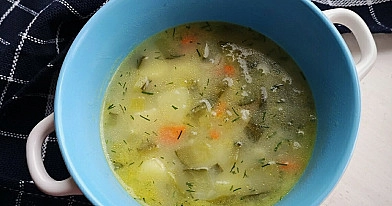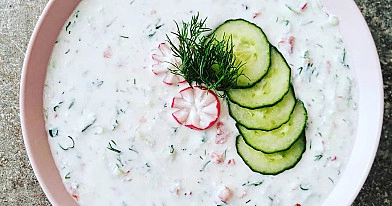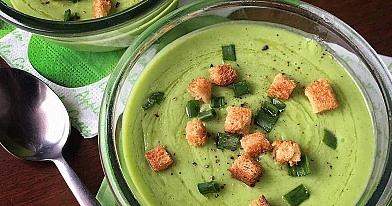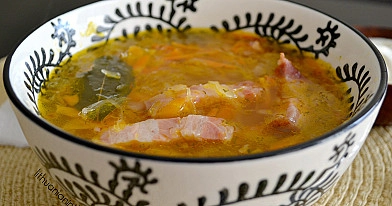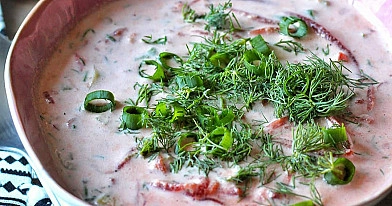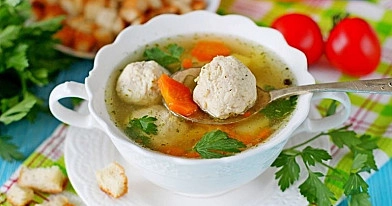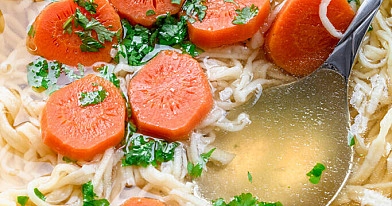
Milk Soup with Star Pasta
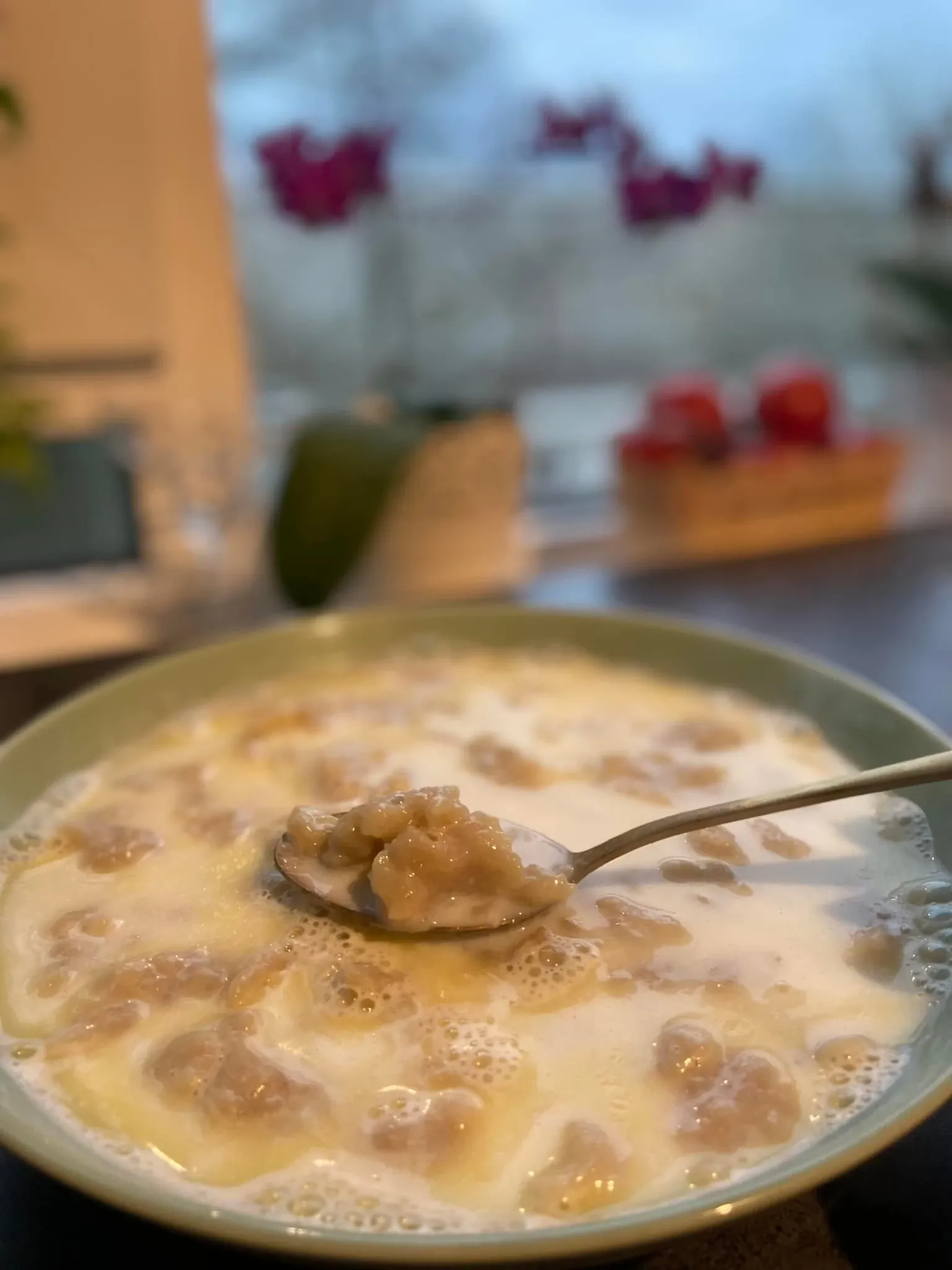
Milk soup with star pasta is a nostalgic and comforting dish that holds a special place in many childhood memories, especially in Eastern European and Baltic countries. Traditionally served as a simple yet satisfying breakfast or light dinner, this soup is known for its creamy base and tender pasta, usually shaped like little stars, letters, or other fun forms. The soft texture and delicate flavor make it particularly appealing to children, although adults often return to this dish for a taste of their upbringing.
The beauty of this soup lies in its versatility and simplicity. It requires just a few pantry staples: water, pasta, milk, and a pinch of salt or sugar depending on your preference. Some enjoy it sweet, adding a touch of sugar or even cinnamon, while others prefer it slightly savory, with just a dash of salt.
In many households, this recipe has been passed down from generation to generation. While the exact origin of milk soup is difficult to trace, its presence in Central and Eastern European cuisine speaks to its enduring popularity as a quick, nourishing, and budget-friendly meal. Whether you are cooking it for your children or revisiting your own childhood, milk soup with star pasta remains a timeless comfort food.
Advertisement
Possible ingredient alternatives
- Star pasta: Can be replaced with other small pasta varieties such as alphabet pasta, orzo, acini di pepe, or ditalini.
- Milk: Regular cow’s milk (whole or low-fat) can be substituted with plant-based options like almond milk, oat milk, or soy milk for a lactose-free version.
- Salt: You may use Himalayan pink salt or sea salt for a slightly different mineral taste.
- Sugar (if desired): White granulated sugar can be replaced with honey, maple syrup, or brown sugar if a sweet version is preferred.
- Water: Can be swapped with a milk-water mix if you want a richer consistency right from the start.
Best cooking tips for the recipe
- Stir the pasta frequently during cooking to prevent it from sticking to the bottom of the pot.
- Do not overcook the pasta, as it will continue to soften slightly even after the heat is turned off.
- Add milk only after the pasta has finished cooking, especially if you are using plant-based milk, which can curdle under high heat.
- Cover the pot with a lid after turning off the heat to allow the pasta to absorb moisture and become extra tender.
- Taste before serving to decide if you'd prefer the soup sweet or savory, and adjust with sugar or salt accordingly.
- Warm the milk separately before adding it to the bowl for a more comforting and cohesive flavor.
Ingredients
- Water: 2 cups.
- Small star pasta: 200 g (7 oz).
- Milk: 2–4 cups (depending on preference).
- Salt: to taste.
- (Optional) Sugar: to taste.
- 1. Water had been poured into a medium-sized pot, and it was brought to a boil over high heat.
- 2. Once boiling, the small star pasta was added, and the heat was reduced slightly to maintain a gentle boil.
- 3. The pasta was allowed to cook for about 10–12 minutes, or until it became soft but not mushy. A small pinch of salt was stirred in during this time for flavor.
- 4. After the pasta had reached the desired texture, the heat was turned off, and the pot was covered with a lid. The pasta was left to sit for several minutes so it could swell and absorb the remaining moisture.
- 5. Once rested, the pasta was ladled into individual serving bowls.
- 6. The desired amount of milk was poured into each bowl according to personal preference.
- 7. At this stage, a final seasoning was added—either a small pinch of salt or a spoonful of sugar, depending on whether a sweet or savory flavor profile was preferred.
- 8. The soup was stirred gently and served immediately, warm and comforting.
Recipe Directions

